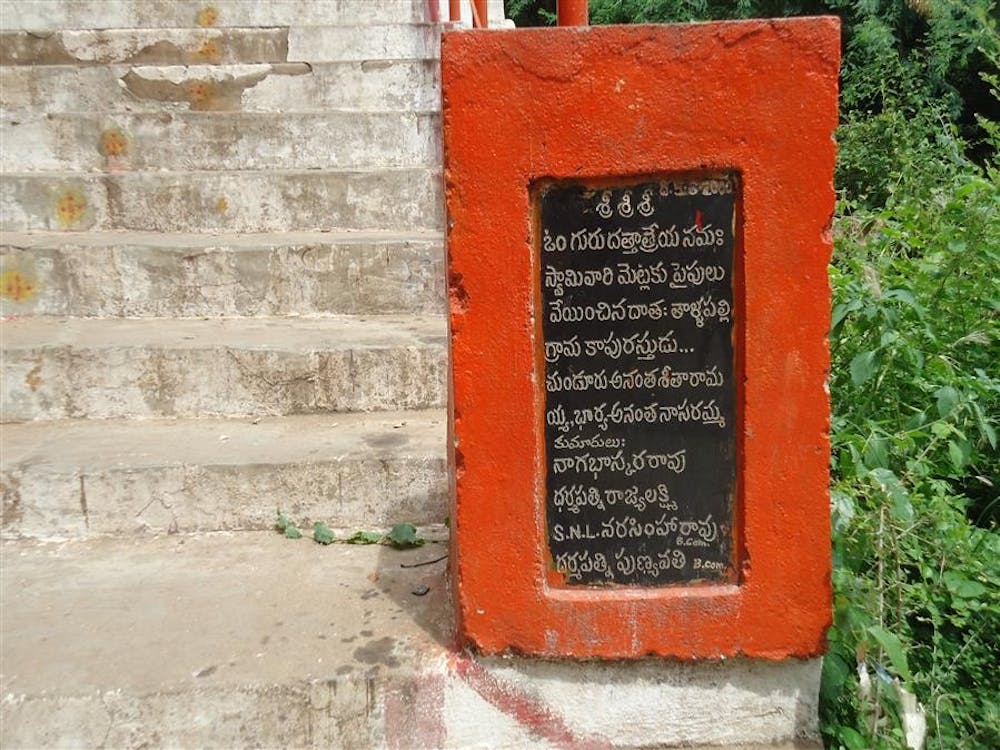I’ve never been excessively fond of being outdoors, especially in the heat.
India is changing that.
Hyderabad has challenged my former preference for city life. The most congested parts of the city are loud, dirty and headache-inducing.
As much as I love fast-paced environments, spending time in nature is exponentially more enjoyable here.
I sought out green spaces this past weekend to avoid the looming deadlines of upcoming exams, papers and presentations.
Despite what my family and friends think, I am studying during my study abroad.
Kasu Brahmananda Reddy National Park is situated in the middle of Jubilee Hills, an upscale area of Hyderabad.
It is marketed as the green lungs of Hyderabad, and it’s easy to see why.
Immediately after walking through the entrance gates, the noise and air pollution surrounding the park seem to disappear.
The park isn’t very large — the main walking path is about three kilometers long — but it feels incredibly spacious.
Young couples and old ladies alike use the pathways. Rumor has it famous politicians and Tollywood actors can be spotted jogging at KBR early in the morning.
On Sunday, I woke up before sunrise to catch a bus to Nagarjuna Sagar with some friends. The three-hour ride through small towns costs the equivalent of a few U.S. dollars and was worth every penny.
My host mom was adamant that we needed to see Nagarjuna Sagar Dam during our visit. I didn’t expect much from it, and was more interested in checking out the waterfalls and Buddhist relics.
The view of the dam was, to my surprise, spectacular. Water poured from 24 of the 26 dam gates that were opened due to particularly heavy rainfall this monsoon season.
The dam is one of the earliest hydroelectric projects in India, completed in 1967 after 12 years of construction.
Situated near the border of the Telangana and Coastal Andhra regions, rights to the dam will need to be negotiated when Telangana splits into a separate state.
Farmers may need to find new sources of surplus water for irrigation, and Telangana will have limited access to the power the dam generates.
For now, it continues to serve as a tourist attraction in an otherwise quiet town.
Badly-paved roads wind from the dam to Ethipothala Falls, situated about 11 kilometers away.
A monkey attack almost deterred me from seeing the waterfall. My friend lost his biscuits during the scuffle.
I may have lost a little bit of my dignity while screaming as a monkey latched on to my backpack, but I’ll recover.
We weren’t able to buy boat tickets out to Nagarjunakonda, despite our best efforts.
The crowd at the ticket counter was pushy and feisty, and it seemed unlikely we would fit on the ferry even if we bought tickets.
The island is a famous Buddhist pilgrimage site. Archaeologists worked for six years to excavate the area before the dam was built and eventually flooded the area.
Now, many of the monasteries and temples have been reassembled and a museum was built to display the relics.
I’m sure we’ll get our fill of Buddhist history during a trip to Varanasi this weekend.
— kmthacke@indiana.edu
Follow travel columnist Kate Thacker on Twitter @katelynthacker.
Column: Finding tranquility in India

Get stories like this in your inbox
Subscribe





